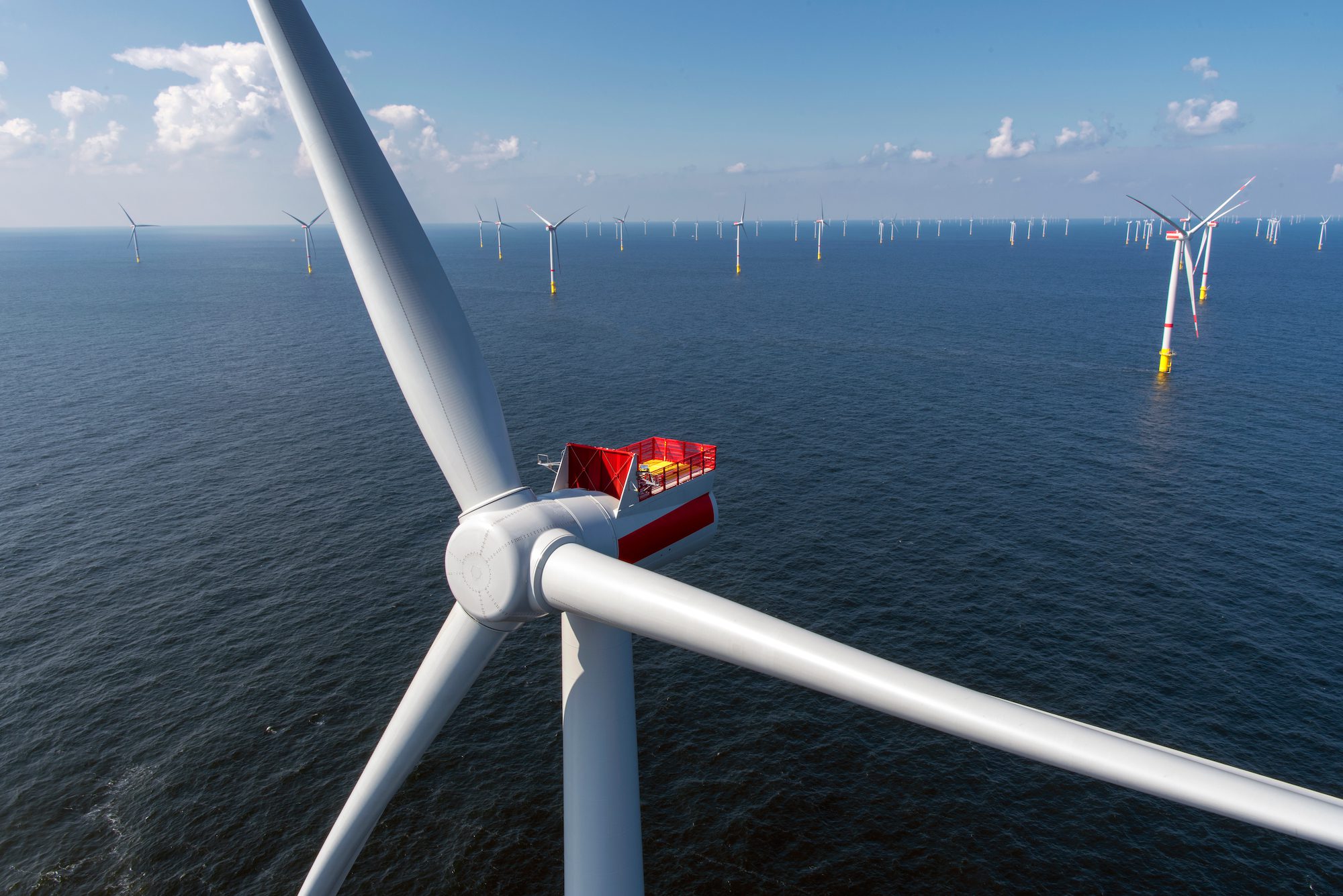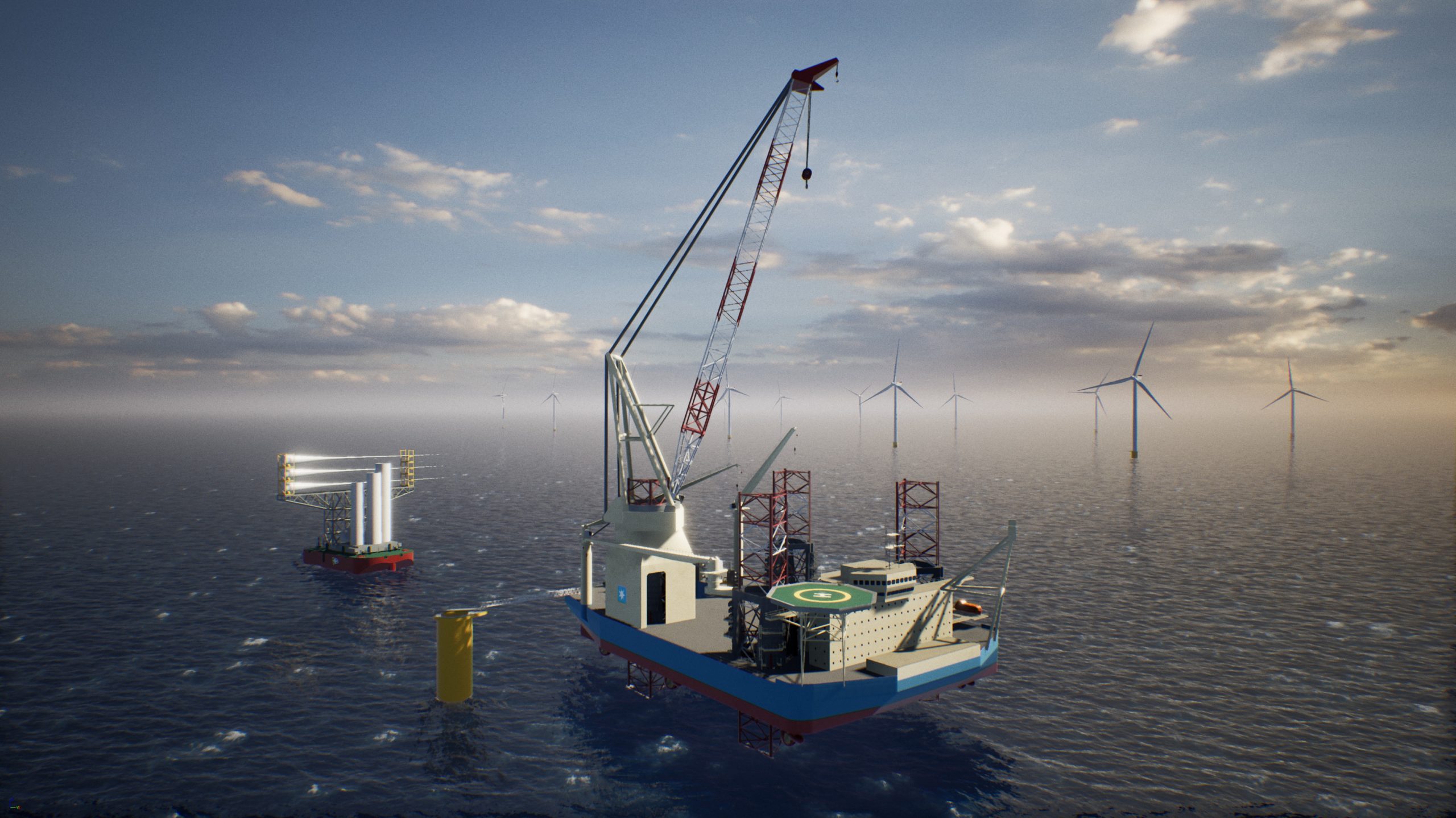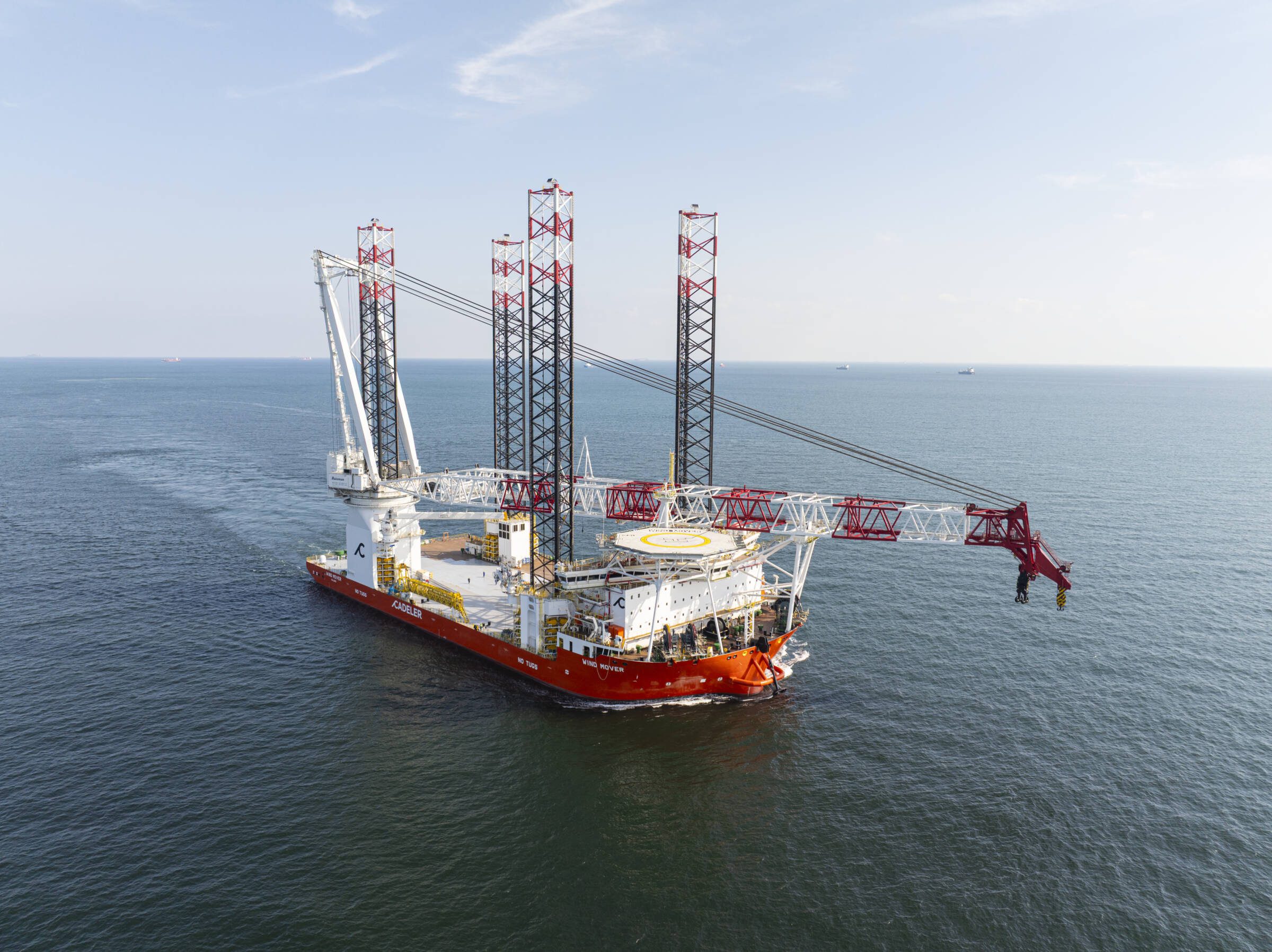US Coast Guard image

By Kathy Finn
NEW ORLEANS, March 25 (Reuters) – The officer in charge of safety on Transocean’s Deepwater Horizon drilling rig, destroyed in a BP well accident that caused the worst-ever U.S. offshore oil spill, said the post-blowout fire was too big to fight and the evacuation saved lives.
In the fifth week of a trial to apportion blame among BP Plc , Transocean Ltd and other contractors for the Macondo oil well disaster, David Young, the rig’s chief mate, said the captain told him to do whatever he needed to do to get the fire on April 20, 2010, under control.
“I pulled him outside and showed him the size of the fire we were dealing with and … basically told him we couldn’t fight that fire,” Young said on Monday in a New Orleans federal court before U.S. District Judge Carl Barbier.
Young then helped load injured and other crew into lifeboats and rafts before jumping into a raft himself, he said. Later, he and others in his raft were pulled onto one of the lifeboats.
“Do you believe the Deepwater Horizon’s emergency training saved lives that night?” Transocean attorney Luis Li asked.
“I do, because we got 115 people off,” Young replied.
Eleven workers died as a result of the blowout and fire, and more than 4 million barrels of oil gushed into the Gulf from the damaged well. BP and its contractors are being sued by the U.S. Justice Department along with the Gulf states, companies and individuals affected.
Transocean’s chief executive testified last week that his workers made mistakes that day, but were not responsible for overall safety at the site. While BP accepts its role in the accident, it believes Transocean and well-cementing provider Halliburton Co share the blame.
Young, who worked on the Deepwater Horizon for 3-1/2 years, oversaw equipment maintenance and all “marine aspects” of the rig, including firefighting and lifesaving equipment, while the captain had overall responsibility for rig safety. Young said the first priority of all the rig managers was “for everybody to go home safely, back to their families.”
In cross-examination, plaintiffs’ attorney Jim Roy asked why it was Young, rather than rig captain Curt Kuchta, who pushed the button to sound the general alarm as he left the bridge.
“Isn’t the truth, sir, that you were tired of waiting for the captain or anybody else to sound the general alarm,” Roy asked, “and for the safety of yourself and the crew you decided you’re going to hit it?”
Young responded: “No, there was nothing to get tired of, so I wouldn’t agree with that.”
Transocean has pleaded guilty to federal charges connected with Clean Water Act violations and agreed to pay $1.4 billion in criminal and civil fines and penalties.
In the civil case before Barbier, the companies must show any mistakes do not meet the legal definition of gross negligence required for the highest amount of damages. BP has already spent or committed $37 billion for cleanup, restoration, payouts, settlements and fines.
Transocean is expected to call its final witnesses on Tuesday, beginning with Bill Ambrose, Transocean’s director of special projects. Other defendants then will begin calling their witnesses.
The case is In re: Oil Spill by the Oil Rig “Deepwater Horizon” in the Gulf of Mexico, on April 20, 2010, No. 10-md-02179, in the U.S. District Court, Eastern District of Louisiana.
(c) 2013 Thomson Reuters, Click For Restrictions

 Join The Club
Join The Club










